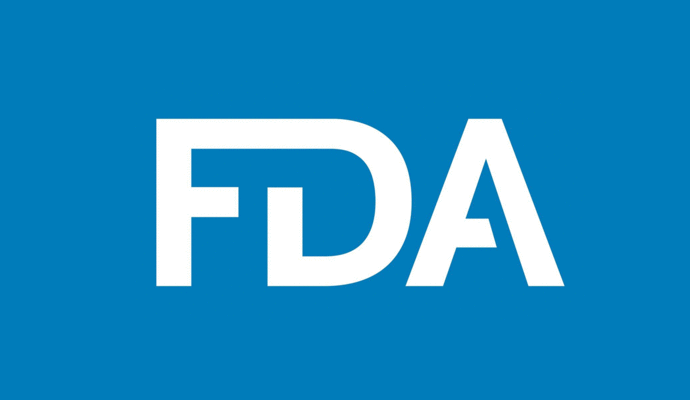FDA Makes Revisions to Moderna’s COVID-19 Vaccine Authorization
FDA clarifies the number of COVID-19 vaccine doses per vial and authorizes the availability of an additional multi-dose vial to help bolster vaccination efforts.

Source: FDA Official
- FDA recently announced two revisions regarding the number of doses per vial available for Moderna’s COVID-19 vaccine, mRNA-1273.
The agency’s first revision clarifies the number of doses per vial for the vials that are currently available. The maximum number of extractable doses is 11, with a range of 10 to 11 doses.
The second revision authorizes the availability of an additional multi-dose vial in which each vial contains a maximum of 15 doses, with a range of 13 to 15 doses that can potentially be extracted, FDA explained.
“Both of these revisions positively impact the supply of Moderna COVID-19 Vaccine, which will help provide more vaccine doses to communities and allow shots to get into arms more quickly. Ultimately, more vaccines getting to the public in a timely manner should help bring an end to the pandemic more rapidly,” Peter Marks, MD, PhD, director of FDA’s Center for Biologics Evaluation and Research, said in the announcement.
However, FDA did warn that there may not be sufficient volume to extract more than 10 doses from a vial containing a maximum of 11 doses or over 13 doses from the vial containing a maximum of 15 doses. This is dependent on the type of syringes and needles used to extract each dose.
To support changes to the emergency use authorization, FDA evaluated data showing the number of doses that could be extracted from the vials and on the fill volumes for both vials that were submitted by Moderna.
The agency revised The Fact Sheet for Healthcare Providers Administering Vaccine (Vaccine Providers) and Prescribing Information to reflect new information.
The revisions are intended to help frontline workers administering COVID-19 vaccines understand the number of doses that can be extracted per vial.
“Because the Moderna COVID-19 Vaccine does not contain a preservative, any further remaining product that does not constitute a full dose should not be pooled from multiple vials to create one full dose,” a Moderna spokesperson explained.
If just one vial becomes contaminated during use, pooling doses from multiple vials can spread contamination to other vials, which can cause serious bacterial infections in vaccinated individuals.
Therefore, the updated information in the fact sheet provides instructions to not pool vaccines from multiple vials. But the dosing regimen remains unchanged, which is two 0.5-milliliter doses, 28 days apart.
In January, experts considered delaying, skipping, or half-dosing Moderna and Pfizer-BioNTech’s vaccines to reach more people in need and create a more wide-spread immunity.
According to Pfizer data released in December, its vaccine candidate was nearly 52 percent effective after the first dose in over 36,000 participants in a Phase 3 clinical trial.
And data from Moderna presented to the FDA showed that the company’s COVID-19 vaccine, mRNA-1273, can provide 80.2 percent protection after one dose.
Chris Gill, infectious disease specialist at Boston University said that one dose may provide notable protection and save a lot of lives. And while Robert Wachter, chair of the department of medicine at the University of California generally does not support reducing vaccine doses, COVID-19 may call for a change of course.
But FDA warned that the decision to half-dose the vaccines would be premature and not rooted solidly in available evidence. Altering the dosing schedules could be detrimental in the long-run.
The agency stated that neither the agency, nor scientists, can conclude anything about the duration of protection after a single-dose of a vaccine from the single-dose percentages reported by each company.
So, to increase global manufacturing of its candidate, Moderna will make new capital investments at its owned and partnered manufacturing facilities. This will ensure a significant boost in its capacity to produce mRNA-1273.
The company expects about another 1.4 billion doses of the vaccine globally by 2022, assuming the 100-microgram dose.
